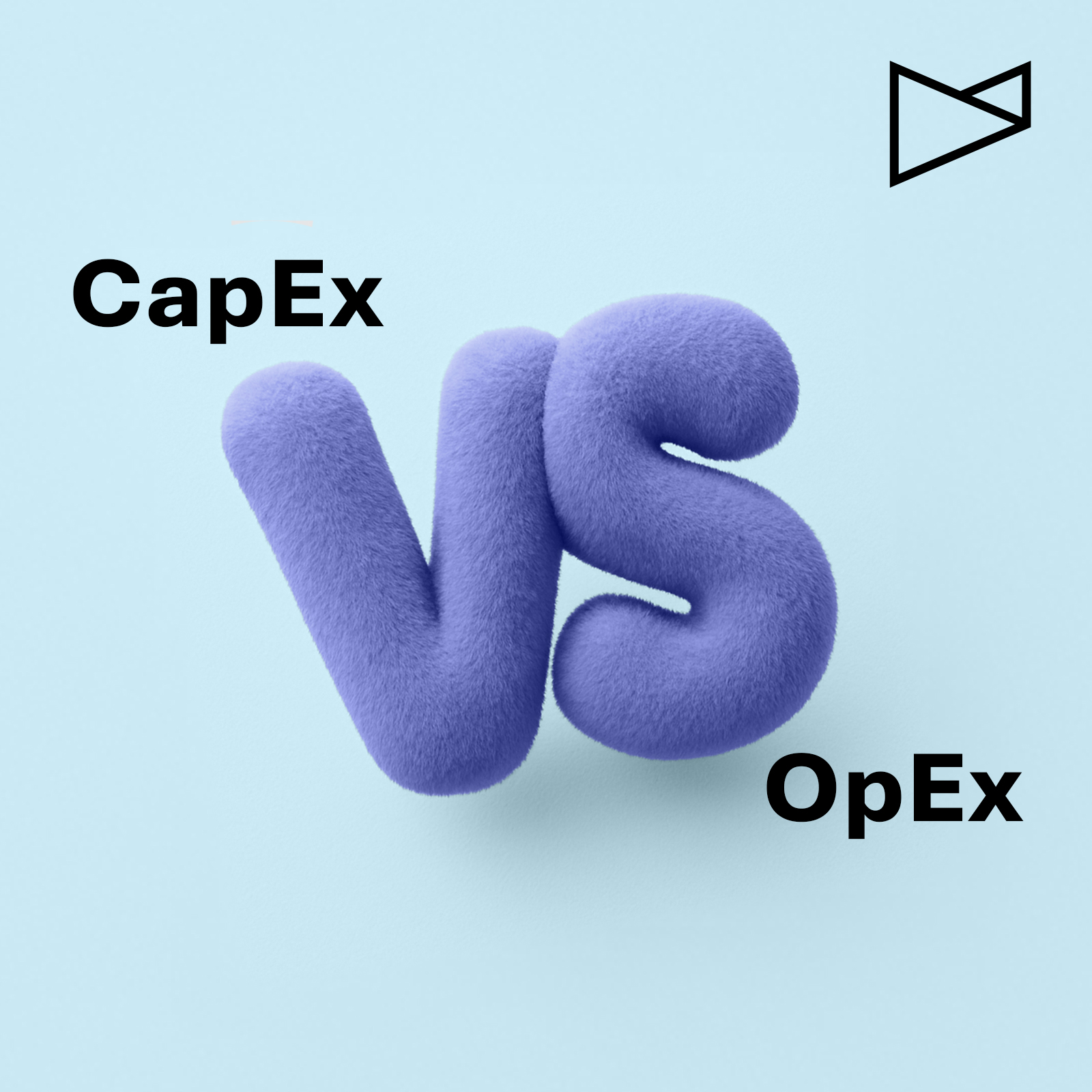Why Financial Logic Will Be Crucial in 2026

For decades, marketing has been an OpEx game – a cost center fighting for budgets year after year. Campaigns came and went, spend was justified retroactively with KPIs, and CFOs saw little lasting value. In 2026, that model collapses. Boards and CFOs demand a new logic: Marketing as Capital Expenditure (CapEx).
👉 This article explains why the shift from OpEx to CapEx is critical for CMOs, how CFOs think, and how marketing teams can secure budgets long term.
What Are CapEx and OpEx?
OpEx (Operational Expenditure):
Ongoing costs for day-to-day operations. Short-term, consumed, renewed annually. Examples: media budgets, campaign production, agency fees.
CapEx (Capital Expenditure):
Investments in long-term assets. Capitalized, depreciated, appearing on the balance sheet. Examples: machinery, software platforms – and now: AI-driven marketing systems.
👉 Key difference: OpEx burns money, CapEx builds capital.
Why Marketing Was Historically Seen as OpEx
Marketing has always been considered a “cost center”:
- Campaigns are short-lived.
- ROI is often short-term and hard to prove.
- CFOs saw no tangible assets.
The result: Budgets were cut, marketing was always on the defensive.
But AI-supported systems are changing the rules of the game.
How AI Turns Marketing Into CapEx
Why CapEx Wins Trust
CFOs prefer CapEx because it is:
- Predictable (depreciation schedules),
- Value-creating (balance sheet assets),
- Transparent (ROI models).
👉 Example:
- OpEx campaign: €500,000, impact gone after 8 weeks.
- CapEx system: €500,000 in AI delivering content for 3 years.
→ ROI stretched across 36 months, not 8 weeks.
Risks of Staying in OpEx Mode
- Annual budget fights with CFOs.
- Lack of board trust.
- Vendor lock-ins and external dependency.
- Short-term wins, long-term stagnation.
👉 In 2026, campaign thinking is a losing game.
Recommendations for CMOs
1. Speak Finance Language – Use terms like depreciation, amortization, assets.
2. Build Business Cases – Compare CapEx models vs. OpEx spend.
3. Invest in systems, not outputs – Every euro must create repeatable value.
4. Partner with the CFO – Budgets are secured through collaboration.
2026 marks the shift from cost to capital. CMOs who embrace CapEx logic don’t just defend their budgets – they build long-term enterprise assets.
👉 Next Step: Book your Capital Shift Workshop with DAVIES MEYER and learn how to turn your marketing into an asset class.
Let’s Create Something Unique Together!
Explore how DAVIES MEYER can elevate your brand with our holistic digital marketing solutions.

Thank you for contacting us!
Did you know that ...
... Germany's OMR Festival, held annually in Hamburg, attracts thousands of digital marketing enthusiasts and industry professionals from around the world, making it one of the largest gatherings of its kind in Europe?